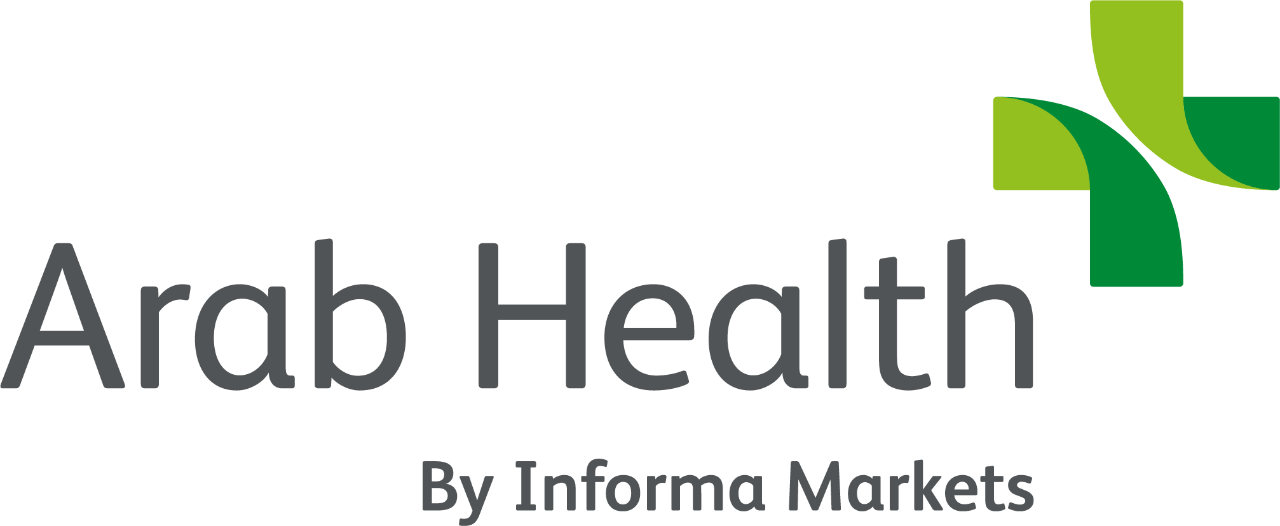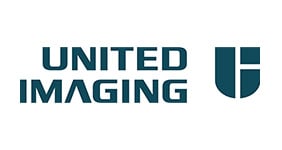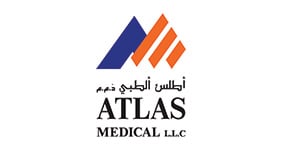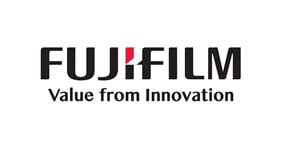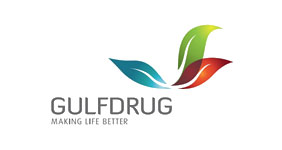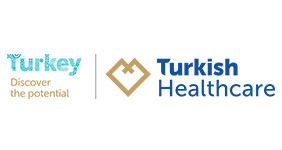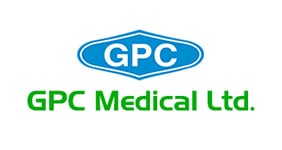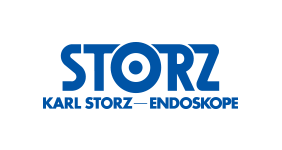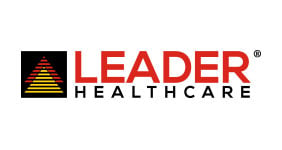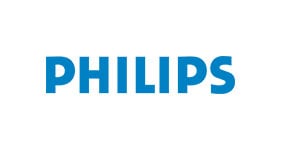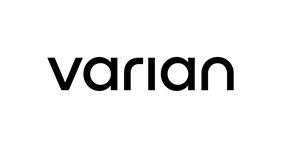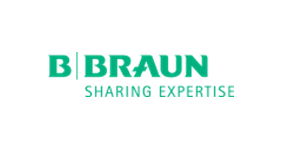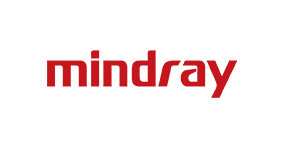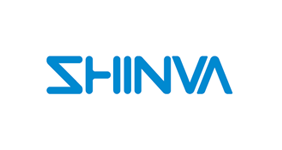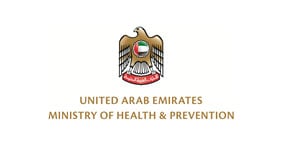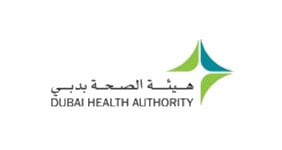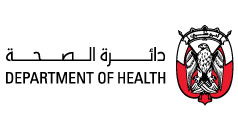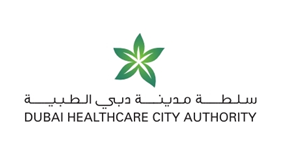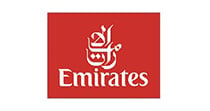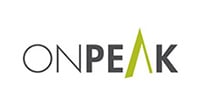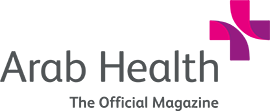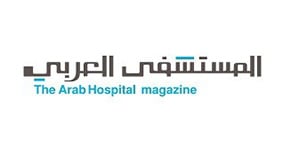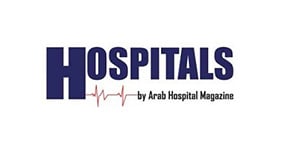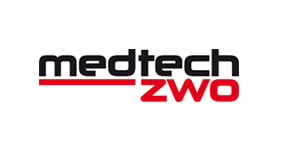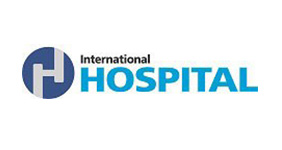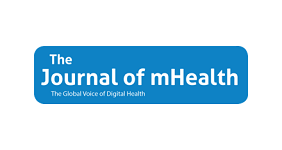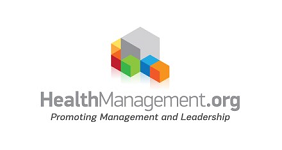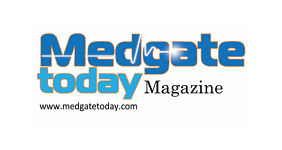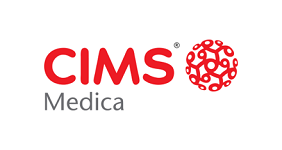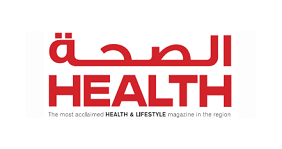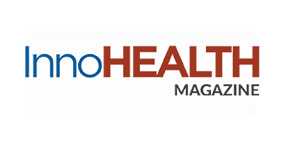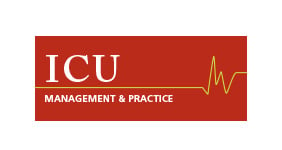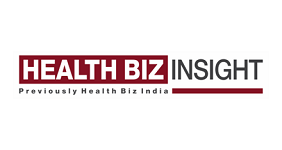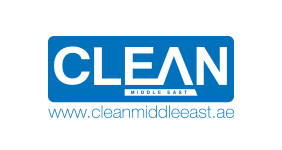Technology: accelerating innovation across healthcare.
Enhancing healthcare through innovation.
According to Stephen Bonner, who was the former CEO and President and is now a strategic advisor at Cancer Treatment Centres of America, healthcare innovations can be analysed in three dominant categories.
The first, according to Bonner, is that science and technology innovation are moving at a faster pace than ever before, and at very transformational levels.
“The genetic and genomic understanding is providing a much deeper and individualised understanding of the human condition. Adding to that Big Data management, AI and Machine Learning (ML), and we now have the ability to make much more sophisticated diagnoses, and to connect those diagnoses with swift, efficient, personalised care plans,” he explains. “These care plans will not only enhance quality, cost and access for sick care, but they also will transform how we manage our health, before ever becoming ill. And, through these developments, we are seeing innovation to predict which drugs have the highest likelihood of cures for each individual patient.”
Bonner describes one company that has created a database that includes all of the Food & Drug Administration (FDA)-approved drugs. It is also developing a system to receive individual patient genomic data, and use predictive modelling to identify the best potential drugs for that patient, and whether the drugs have ever been tested for the patient’s condition. The high-potential drugs can then be tested with patient cells in the lab, before deciding which ones should be considered for off-label use, and be delivered to the patient.
Another company has developed a specially bred, immune-suppressed mouse to allow small tissue samples from individual patients to be implanted very precisely in the mouse. Here, the patient cells grow rapidly, providing ample cells to test a variety of drugs, in the cells of each patient in the laboratory, seeking to identify the one drug, or combination of drugs that are most likely to work for that patient, before any drugs are administered.
“Both of these companies are of course tracking and analysing success and failure rates to build a highly predictive database that can be used for future patients without having to put in the hard work in the labs, with tissue samples and drug alternatives. Also, imagine how that kind of data might be used for developing new drugs faster, and cheaper,” Bonner notes.
Bonner mentions another company that has developed a natural substance than can be injected to create space between healthy tissue and malignant tissue to dramatically increase the delivery of higher doses of radiation therapy for cancer patients, with less risk to nearby healthy tissue. This natural substance is then absorbed into the body and eliminated after approximately three months time.
“All three of these innovations seek better care, better outcomes, better cost and improved patient experiences,” he explains.
According to Bonner, the second dominant category in healthcare innovation is the changing delivery of healthcare in which the key innovation theme is to offer care as quickly, closely and efficiently to each consumer; and, also to allow each medical professional to operate at the top of their licenses.
“This pushes lots of care and information acquisition out of hospitals; the most expensive delivery model,” Bonner says. “We now have stand-alone emergency centres; surgery centres; infusion clinics; dialysis units; primary care minute clinics; and computer apps to bring professionals to the patient virtually. We also have skilled nursing facilities and rehab facilities independent of hospitals.”
“And, the largest pharmacy retail chains are integrating more and more healthcare into their stores allowing these stores capture more information about the lifestyle and health status of individuals than anyone else. The potential to use that data to guide a patient to healthier choices and better therapy, supported by AI and ML, is truly transformational.”
Thirdly, Bonner describes the role of the consumer in demanding acceleration across the healthcare ecosystem as the third dominant category in healthcare innovation. “After several decades of deprivation, the healthcare consumer is back in the game and prepared to discipline the industry like never before,” he says.
There are at least three driving forces behind the consumer. First is the shift of financial obligation to the front end of healthcare consumption. “The increasing deductibles and copays have the consumer’s attention. If it’s their grocery money, rent and entertainment funds that now have to be spent on healthcare, they are going to ask a lot more penetrating questions about quality, cost, and access than ever before. And, if the provider does not have compelling answers, the consumer will simply take their business to someone who can justify the consumers business and loyalty,” Bonner explains.
A second force driving the consumer, according to Bonner, is their life’s experience in making complex, and simple, decisions about all of their life’s activities. They are used to having easy and immediate access to the information they need to make decisions and as they now accelerate their role as a healthcare and wellness consumer, they are bewildered and are asking questions such as “Where is my healthcare information? Where is my satisfaction guarantee, including speed to information and care?”
The third driving force is that healthcare is simply about their lives, their families’ lives and their communities. “Good health is not a nice to have; it is a core value. And with all this foment and drive for change, the consumer is too vitally affected to stand by and passively hope for the best,” Bonner adds.
About Arab Health:
For 44 years Arab Health has brought the latest innovations in healthcare to the MENA region. From state-of-the-art imaging equipment to the most cost-effective disposables; developments in surgery to advances in prosthetics, Arab Health continues to be at the heart of healthcare in the Middle East. The 2019 edition of the show will take place from 28-31 January and will welcome 4,150+ exhibiting companies to showcase their latest innovations to 84,500+ healthcare and trade professionals. Running alongside the exhibition are 12 CME accredited conference tracks and a variety of workshops and hands-on training sessions for medical professionals to advance their knowledge and skills. For more information, visit www.arabhealthonline.com.
